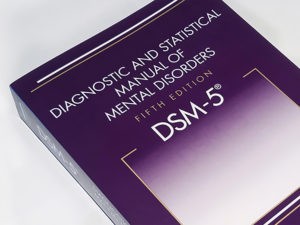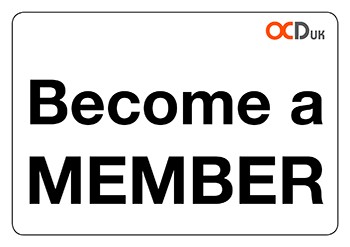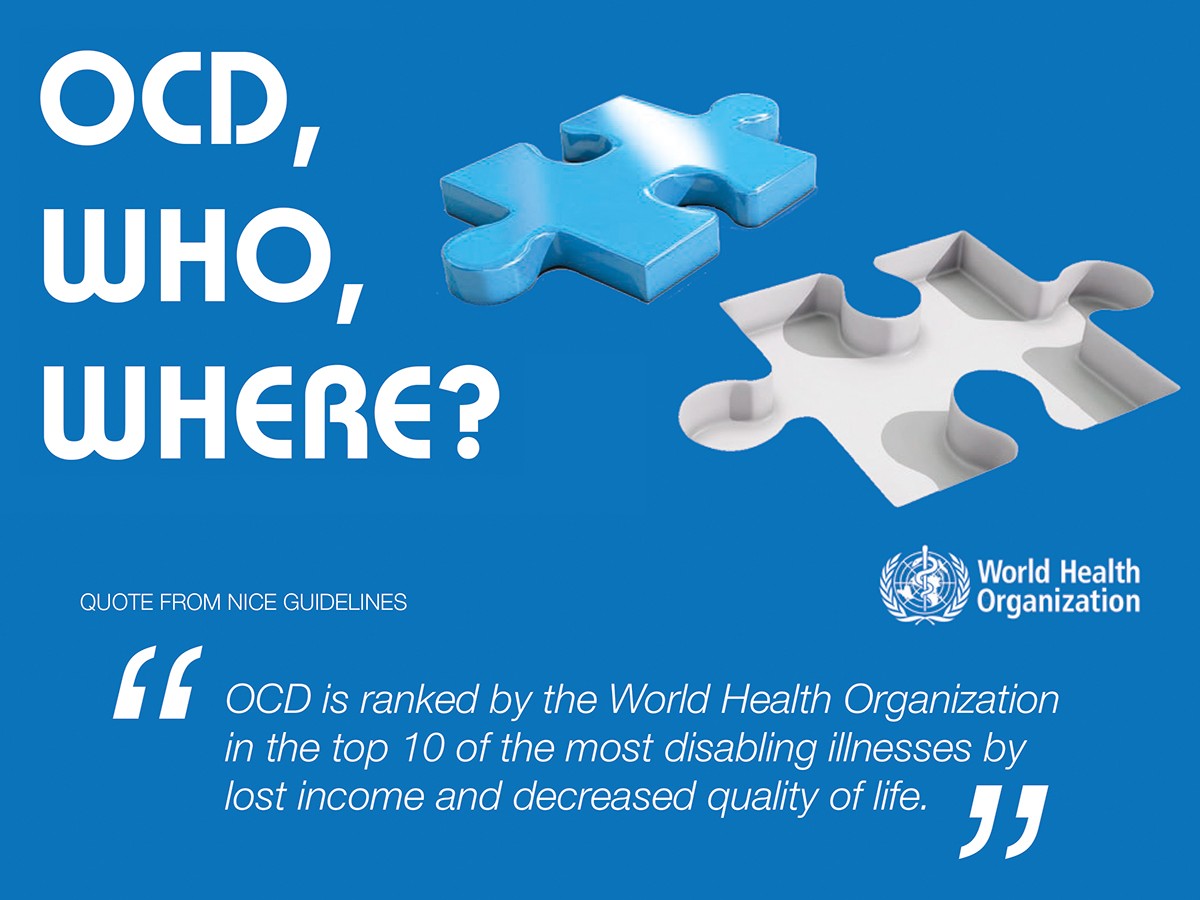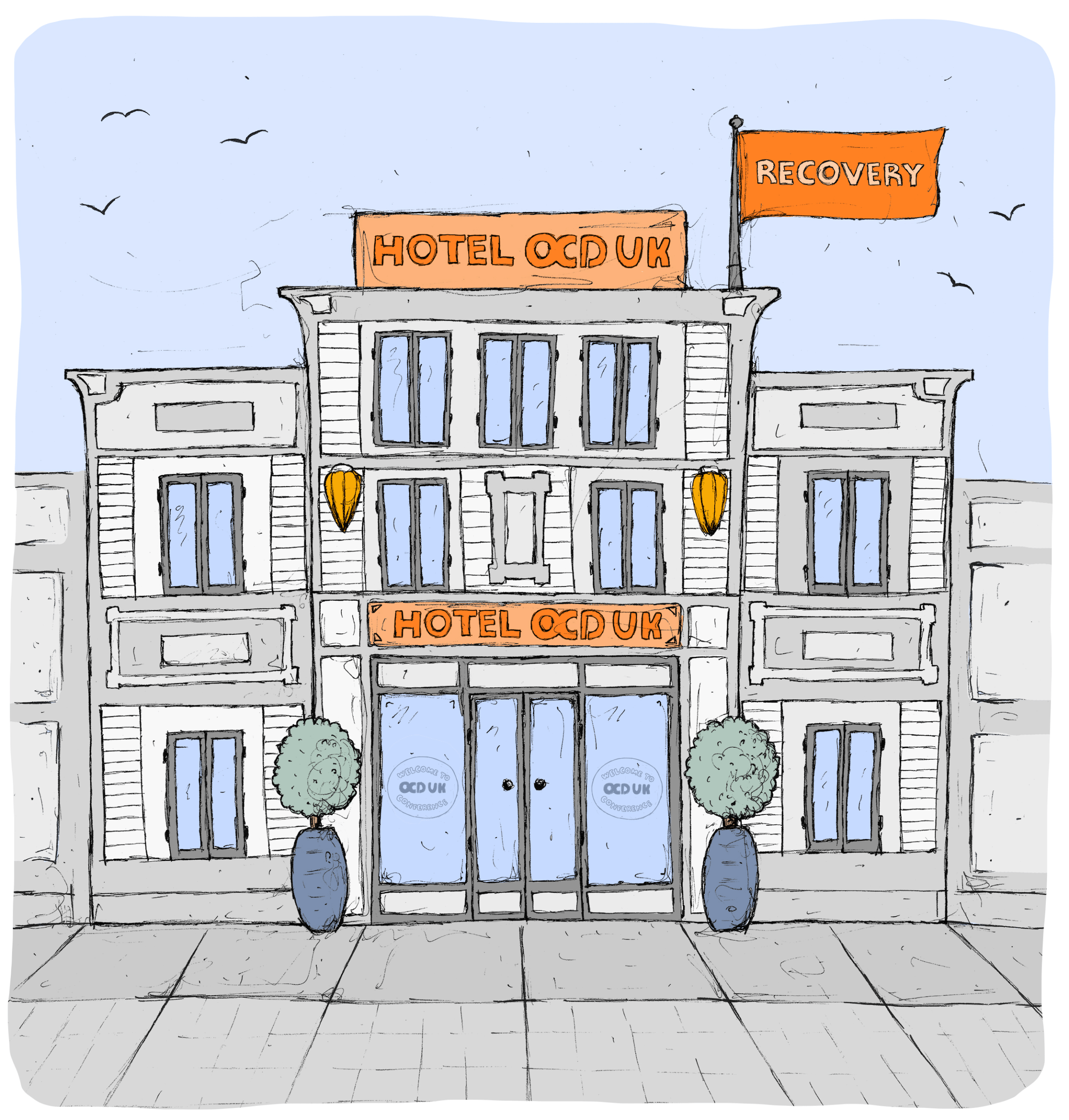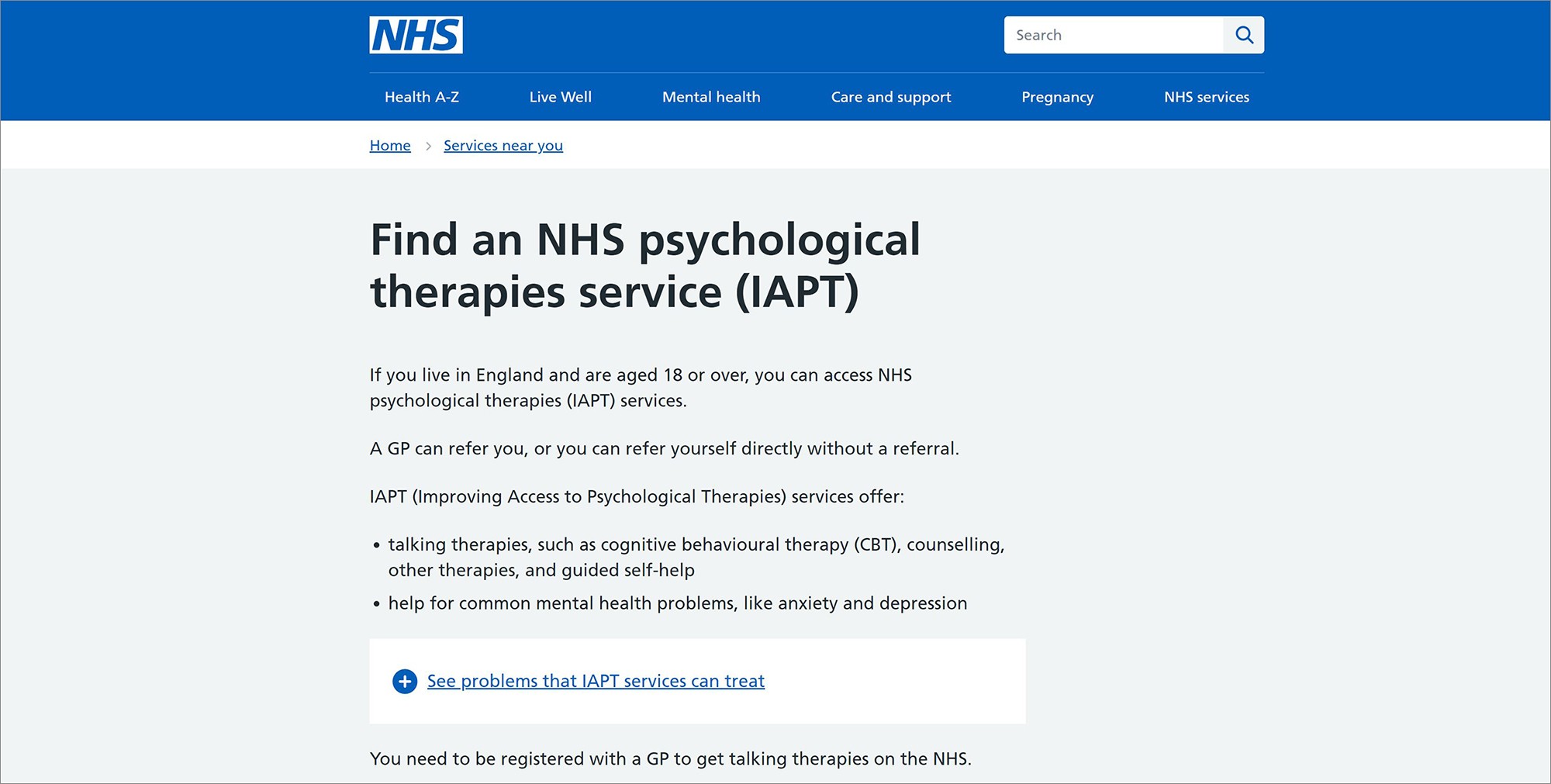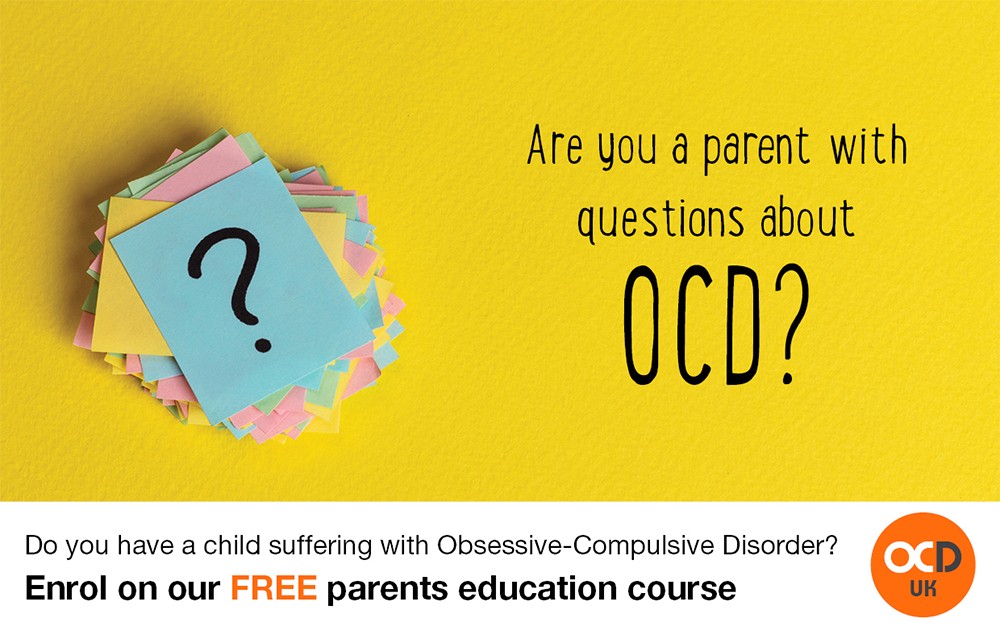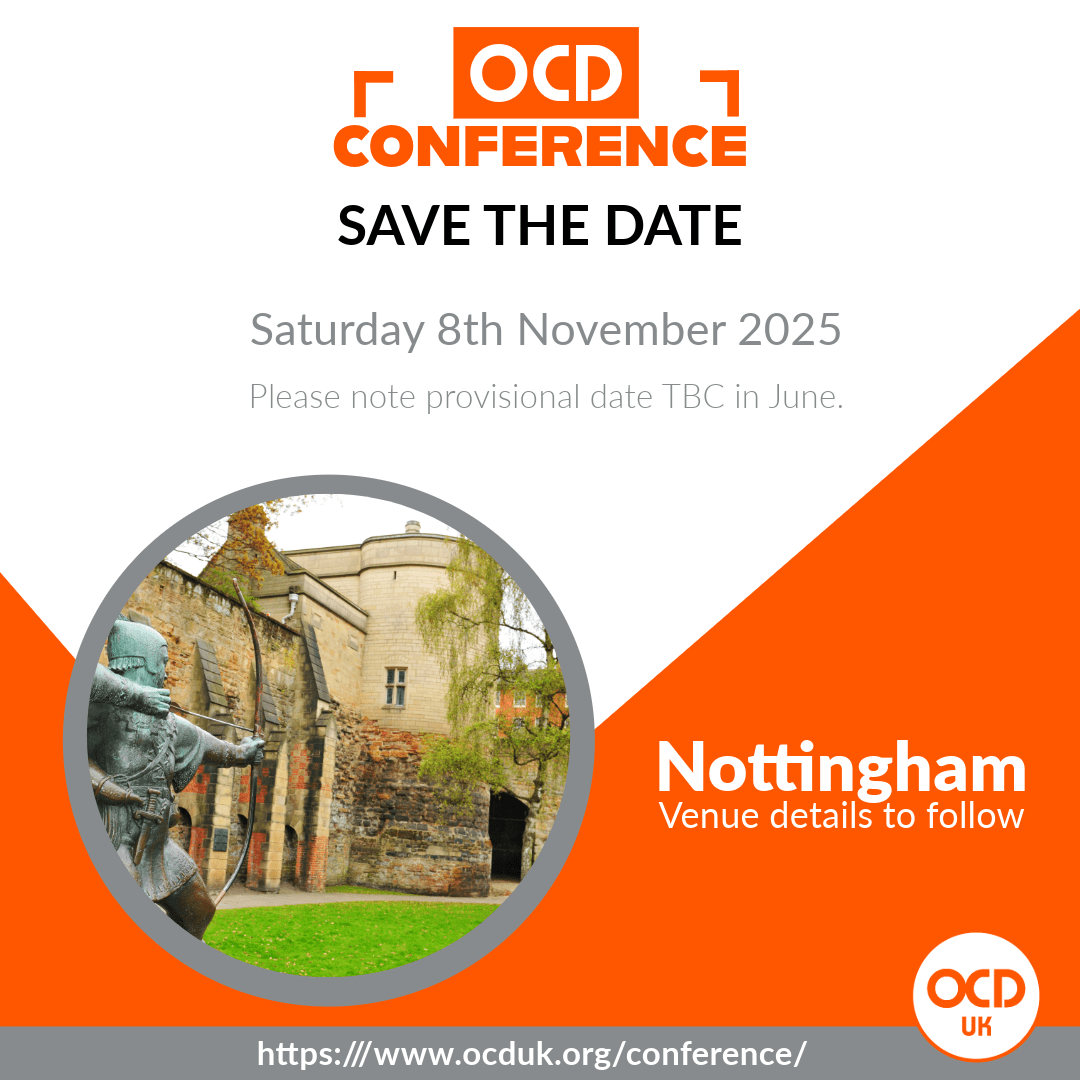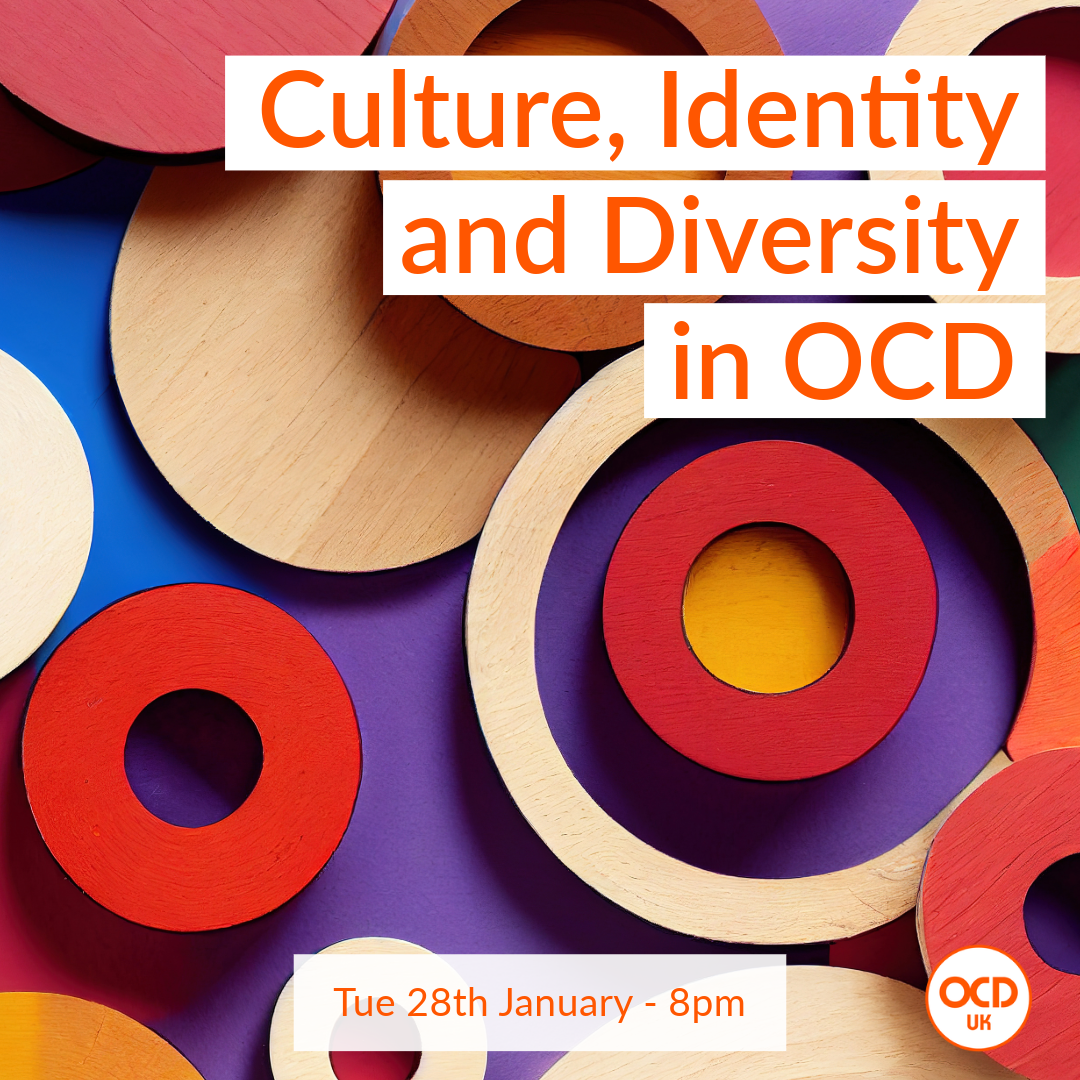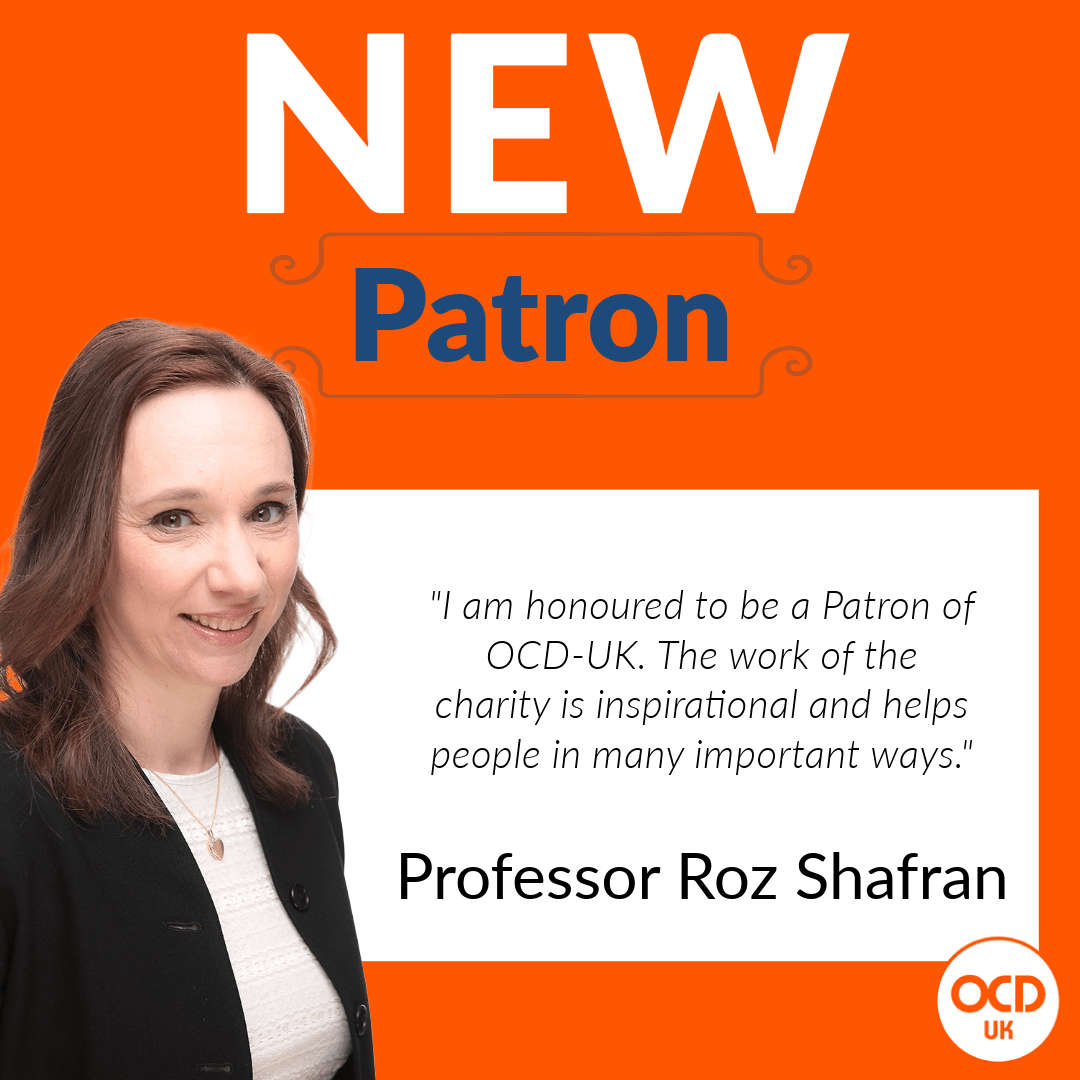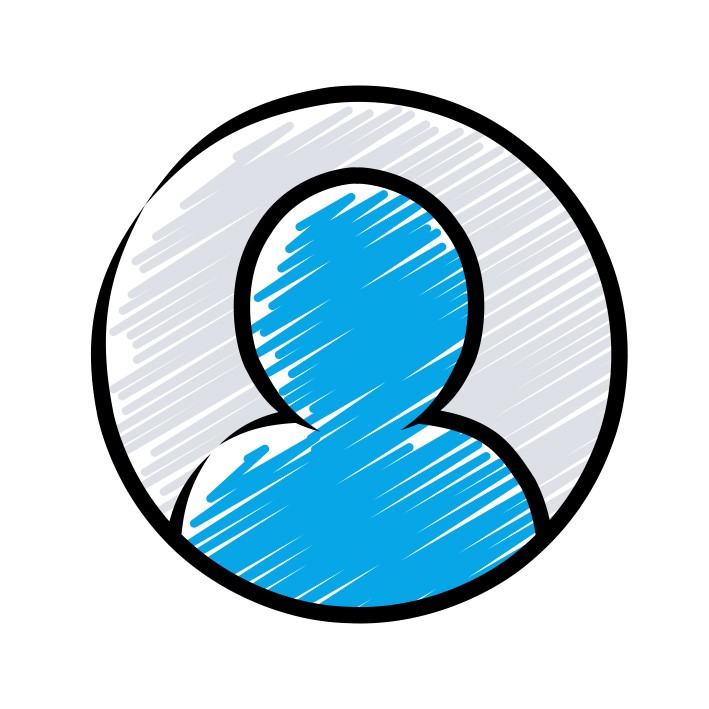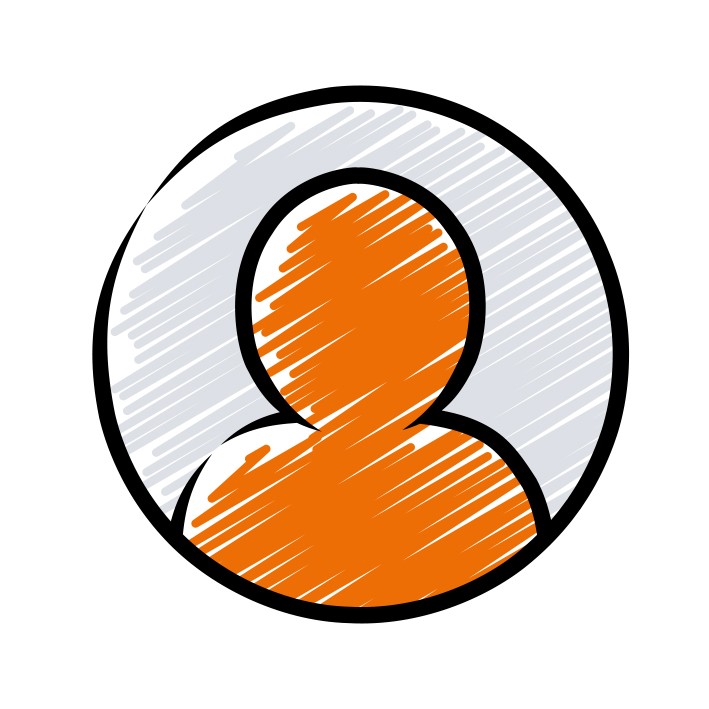When working with patients, health professionals often refer to clinical diagnostic manuals to better understand the patient’s illness and potential treatment.
There are two main recognised diagnostic manuals commonly used around the world today. These are the International Classification of Diseases (ICD) and the Diagnostic and Statistical Manual of Mental Disorders (DSM) (the latest of which is pictured).
Whilst both manuals generally tend to complement each other, there are differences in the descriptions they use.
Section Contents
International Classification of Diseases (ICD)
The International Classification of Diseases (ICD) is the international standard diagnostic classification for all recognised diseases and related health problems and is mainly used in the UK and Europe. ICD codes are alphanumeric designations given to every diagnosis and description of symptoms on medical records. These classifications are developed and monitored by the World Health Organization (WHO).
The ICD is revised periodically and is currently in its tenth edition, the ICD-10, as it is known, was developed in 1992 and the next version, ICD-11 is planned for publication later in 2018.
Diagnostic and Statistical Manual of Mental Disorders (DSM)
The DSM, is the other main diagnostic manual used around the world, and is the American counterpart of ICD-10. The Diagnostic and Statistical Manual of Mental Disorders (DSM) is published by the American Psychiatric Association and provides clinicians with official definitions of, and criteria for, diagnosing mental disorders.
There have been five revisions of the DSM since it was first published in 1952, the previous major revision was the fourth edition ‘DSM-IV’, published in 1994, although a text revision was produced in the year 2000. The latest and fifth edition of the DSM, ‘DSM-5’ was published in May 2013.
National Institute for Health and Clinical Excellence (NICE)
Here in the UK (England and Wales only), in addition to the ICD-10 and the DSM-5, the National Institute for Health and Clinical Excellence (NICE) launched their own set of clinical guidelines for the identification, treatment and management of Obsessive-Compulsive Disorder and Body Dysmorphic Disorder for both children and adults, on the 23rd November 2005.
NICE is an independent organisation, responsible for providing national guidance in England and Wales in respect of the promotion of good health and the prevention and treatment of ill health. Clinical guidelines are recommendations on the appropriate treatment and care of people with specific diseases and conditions within the NHS in England and Wales. They’re based on the best available evidence and the guidelines are produced to try to help healthcare professionals in their work.
Section Contents
We will look more at how the ICD and the DSM categorise OCD in the next two pages, and you can read more about the NICE Guidelines for the treatment of OCD in the Overcoming OCD section.
Section Contents
What to read next:

